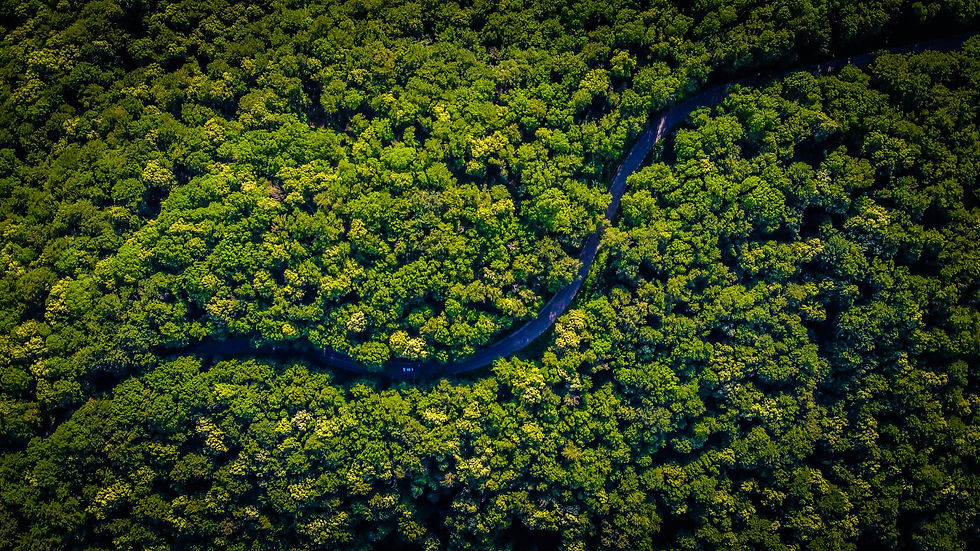Why Infrastructure and Inclusive Growth are Key to Brazil’s Economic Future
- The GFCC

- Apr 17, 2017
- 3 min read
Rogerio Studart is a Distinguished Fellow at the GFCC. This blog post is excerpted from a talk given to the Brazil Initiative at the George Washington University Elliott School of International Affairs on April 5, 2017.
Over the past thirty years, Brazil has achieved consistent economic growth and social progress. But compared to other similar countries — in size, capacity and resources — a deeper truth emerges. Brazil is behind where it needs to be in order to remain both competitive and productive in the coming years, and one of the key reasons is the lack of investment in infrastructure that allows for inclusive economic growth.
When the World Economic Forum published its rankings on infrastructure quality in 2014, Brazil ranked 120 out of 144 countries surveyed, with particularly poor results for roads and air transport quality. In other types of infrastructure, Brazil ranked in the bottom third of countries surveyed. Only in the area of electricity and telecommunication does Brazil have a better ranking than some competitors, areas in which it has invested comparably more in recent years and more efficiently through greater participation of the private sector.
Infrastructure is the key to growth for a place like Brazil. The engine behind the economic growth they have experienced recently is their robust agriculture industry — an industry that depends on getting the goods from farm to market. In a country in which 85% of its inhabitants live in cities, if the goods cannot move, they cannot produce a profit. This becomes particularly pertinent when we look at the country’s ability to harness the benefits of global competition and engage more fully in a global economy.
Brazil’s main point of entry to the global market are its ports, but unfortunately, getting to the ports in the first place is challenge. Brazil’s freight and transportation systems are still highly geared towards automobiles and trucks. Only 14% of the country’s roads are paved at all, and multi-lane roads are still relatively rare in Brazil, although there has been some progress made in expanding them in the last decade. Those existing roads are in a poor state and unfit to address the current demand, which is a main source of traffic jams in urban areas and an inefficient freight transportation system.

This kind of bottleneck prevents Brazilians at the lower end of the economic spectrum from full participation in global economic competitiveness, which in turn limits the country’s ability to achieve higher living standards for its population. This is what we mean by inclusive economic growth — development and achievement that is accessible to all.
There are at least three ways to look at infrastructure gaps in Brazil: i) the adequacy of its physical capital against that of its exports’ competitors; ii) the presence of necessary requirements to maintain a socially inclusive path, with access to that infrastructure for all citizens; and iii) investments for adapting existing and creating new infrastructure undertakings, which are both climate resilient and compatible with a low-carbon growth path.
That is why investing in infrastructure is critical if Brazil is going to build sustainable prosperity for its citizens.
Infrastructure is generally developed with a mix of public and private investment. After declining very significantly in the 1980s, public investments never recovered their previous levels and remained far below those of other emerging countries. Indeed, for at least the past three decades, policy-makers and market analysts have placed a significant hope on the possibility of private sector participation increasing as the public sector retreats from such investments. Some of that has happened, but not in the speed required. Indeed, the volume of private infrastructure investment as a percentage of GDP, which was already low in the 1980s and 1990s, fell for almost 10 years until 2003. Only since then has it recovered due to a significant recent hike.
Low public and private infrastructure investments have created an enormous gap, which can only be filled by significant increases of investment — especially from the private sector. Filling the infrastructure gap in a way that is consistent with a low-carbon growth path will require us to think outside the box, and beyond the more conventional public-private partnership approach. It will require unleashing private capital, by reducing the perception of risk (or de-risking) while maintaining long-term returns that are acceptable for wealth holders and financial institutions; by creating and fostering innovative instruments and financial engineering; and by fostering joint efforts from public and private banks, domestic and international players.
Brazil is a country that is full of possibilities in both the social and economic spheres. But without major changes to its financing architecture, its new growth will stagnate and ultimately fall short of providing its citizens with inclusive ways of contributing to both local and global prosperity.







Comments